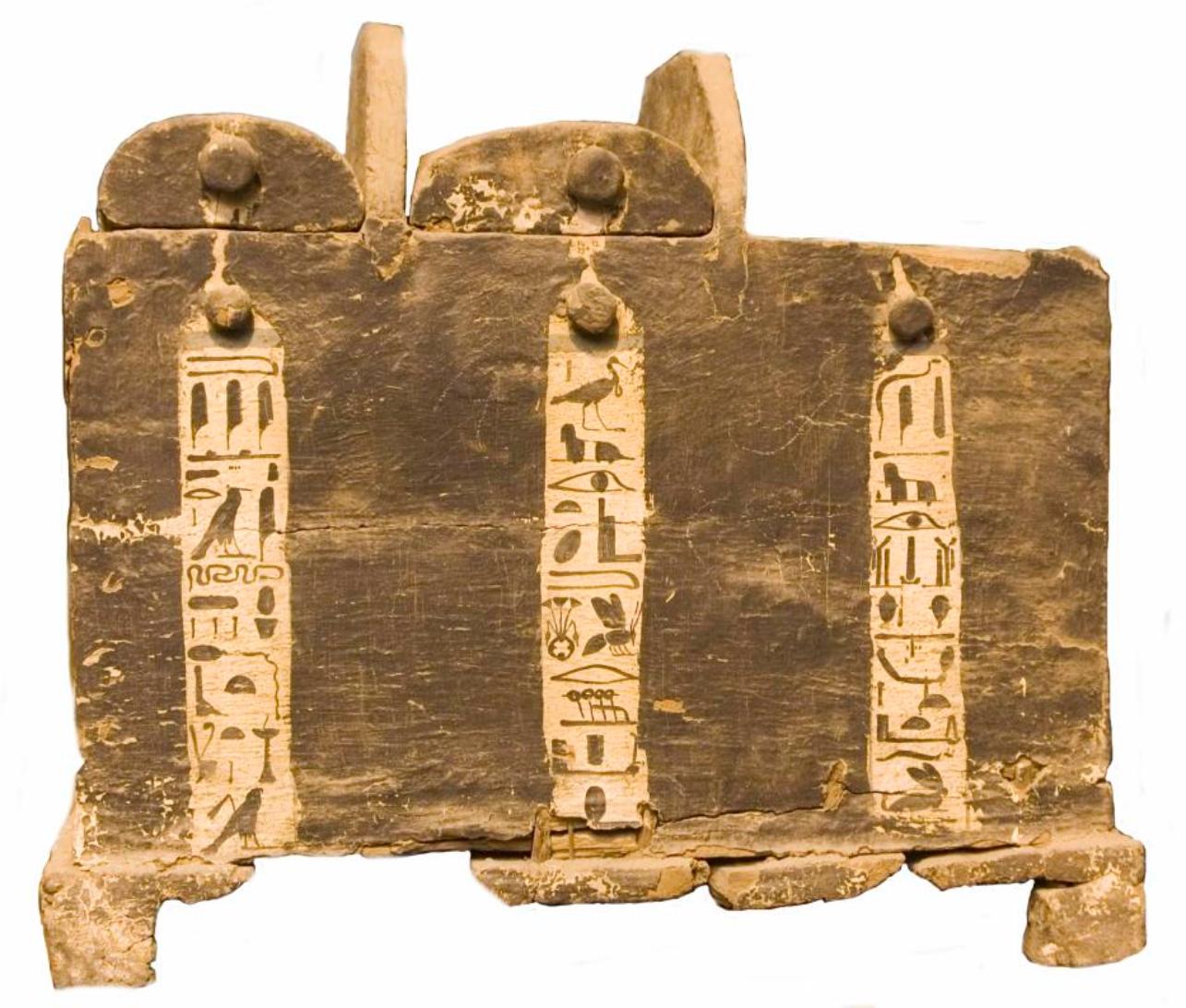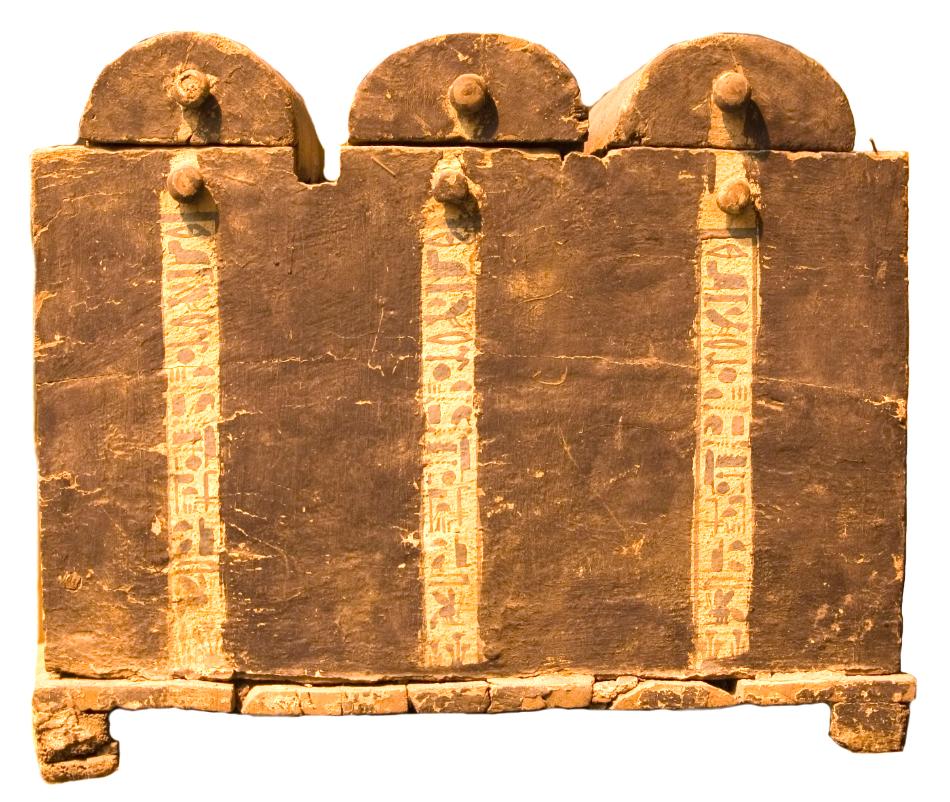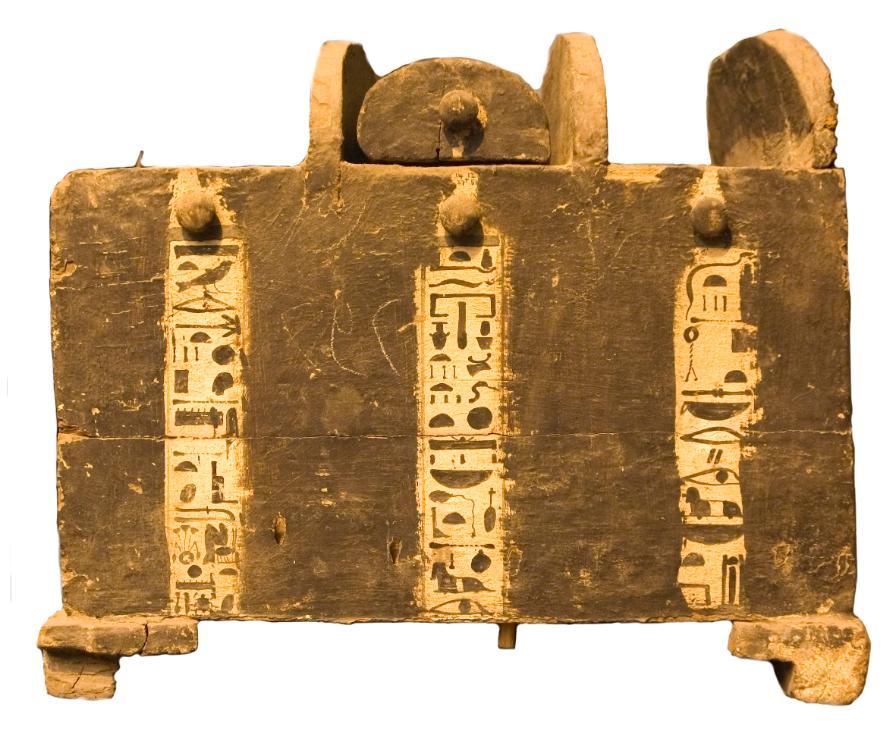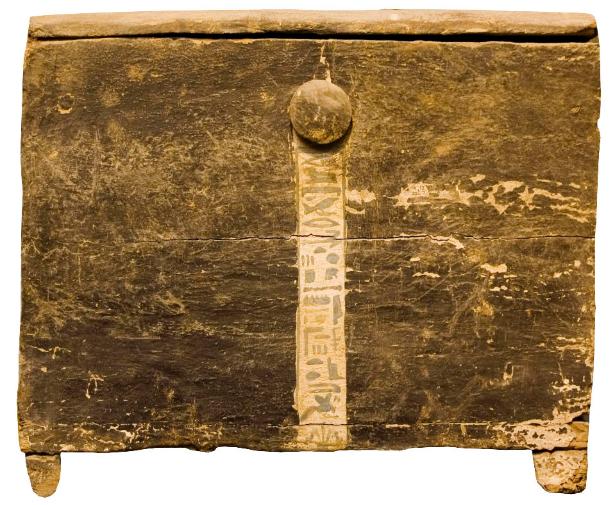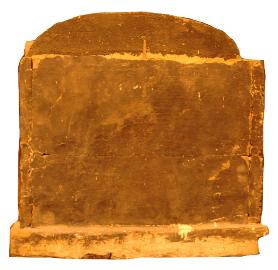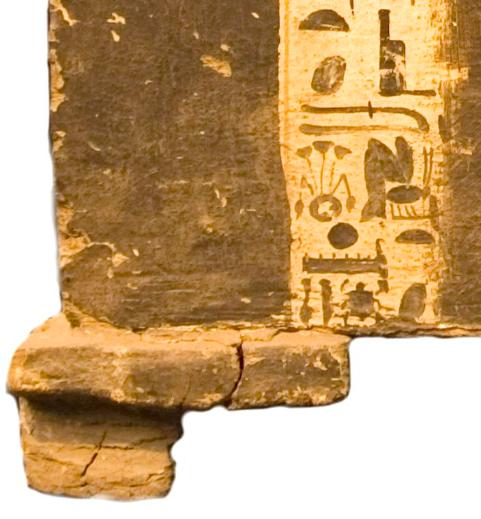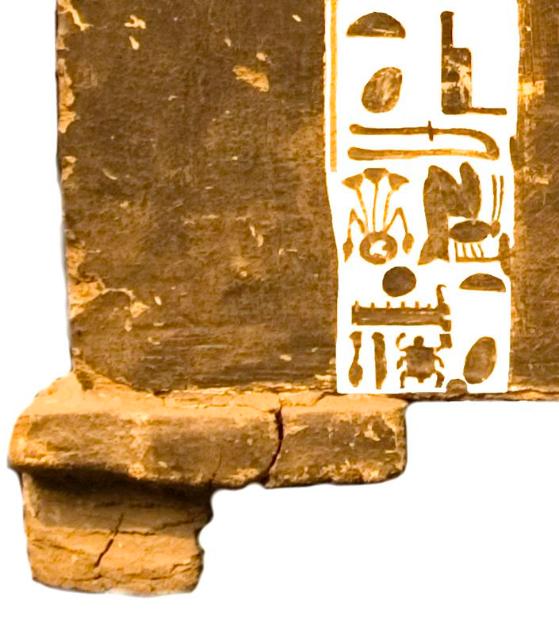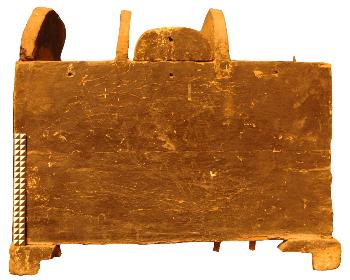| Russian Academy of Sciences Centre for Egyptological Studies, Moscow (CESRAS) & Russian Institute of Egyptology in Cairo (RIEC) Research on the Funerary Art of the 21a Theban Dynasty of Payanch and Personages of that Period (1070-945 BCE) Shabti-Boxes of Isetemkheb D, daughter of HPA & "King" Menkheperre 21a Dynasty, Thebes Site Directory Personages Artifacts Iconography Deities Royal Cache TT320 Network Index |
Intellectual property of the Russian Academy of Sciences, Centre for Egyptological Studies, Moscow R.F. This material may be freely used for non-commercial, educational, and public
services applications. If you use our material, please give a credit to CESRAS, Moscow, and make a link to http://www.cesras.org. You may contact us by email: admin@cesras.org and we
would be happy to help you in any way we can. Thanks for your visit to this site and please do come again. There will always be something new!
services applications. If you use our material, please give a credit to CESRAS, Moscow, and make a link to http://www.cesras.org. You may contact us by email: admin@cesras.org and we
would be happy to help you in any way we can. Thanks for your visit to this site and please do come again. There will always be something new!
Scroll down and right.
Images presented here are
formatted for you to use with a
beamer: 72 dpi, 768 pixels high. All
are .jpg. As the colours are not
standard RPG, projected images
may be quite different than what
you see here. The photos were
made under the usual adverse
conditions by CESRAS Research
Fellow, Sergej V. Ivanov in 2007,
using a Nikon D70. I have edited
them to bring out important details.
erl/CESRAS/2012
Images presented here are
formatted for you to use with a
beamer: 72 dpi, 768 pixels high. All
are .jpg. As the colours are not
standard RPG, projected images
may be quite different than what
you see here. The photos were
made under the usual adverse
conditions by CESRAS Research
Fellow, Sergej V. Ivanov in 2007,
using a Nikon D70. I have edited
them to bring out important details.
erl/CESRAS/2012
It does take a practiced eye to see that the shabti (ushebti) boxes used for Isetemkheb's
below, the inscriptions were written by a first class scribe, quite out of context with the
"last class" object carrying inscriptions in his fine hand. It is difficult to reconsile these
primitive objects with the two sets (the first set was requisitioned for Nesykhons at the
time of her unexpected death and a second, even better set, was made to replace it) of
beautiful, first quality coffins made for this great lady, proud to be the daughter of the
great HPA and "King" Menkheperre (we shall see new, unpublished evidence of this
below at left).
The two sets of finely made and beautifully decorated coffins made for Isetemkheb
together with that of the God's Wife of Amun and sister of HPA Menkheperre, Maatkare
Mutemhet, reflect a period of luxury. After the death of HPA Pinodjem II to whom
Isetemkheb was sister-wife, the family dynasty of Piankh appears to fall into a period of
rapid decline during the pontificate of HPA Psusennes III, son of Isetemkheb and
Pinodjem II. We do not know the date of Isetemkheb's demise, but these crude boxes
appear to have been made in the last days of a falling impoverished dynasty.
below, the inscriptions were written by a first class scribe, quite out of context with the
"last class" object carrying inscriptions in his fine hand. It is difficult to reconsile these
primitive objects with the two sets (the first set was requisitioned for Nesykhons at the
time of her unexpected death and a second, even better set, was made to replace it) of
beautiful, first quality coffins made for this great lady, proud to be the daughter of the
great HPA and "King" Menkheperre (we shall see new, unpublished evidence of this
below at left).
The two sets of finely made and beautifully decorated coffins made for Isetemkheb
together with that of the God's Wife of Amun and sister of HPA Menkheperre, Maatkare
Mutemhet, reflect a period of luxury. After the death of HPA Pinodjem II to whom
Isetemkheb was sister-wife, the family dynasty of Piankh appears to fall into a period of
rapid decline during the pontificate of HPA Psusennes III, son of Isetemkheb and
Pinodjem II. We do not know the date of Isetemkheb's demise, but these crude boxes
appear to have been made in the last days of a falling impoverished dynasty.
The poorly made box pictured above, inscribed thrice with Isetemkheb's highest title, Highest Great
Lady of the Heneret of Amun Re, King of the Gods, followed by her name, Asetemakhbjt (same
meaning as Isetemkheb). You will notice that the base of the box shows considerable water damage,
especially at left. The supporting member sustained considerable immersion, the lower part of the
inscription is all but washed out and the entire lower surface warped and broken.
As no water penetrated the Royal Cache TT320 in antiquity, the above evidence suffices to prove that
TT320 was not Isetemkheb's initial place of burial. She was first buried in an unknown place where her
funerary equipment sustained considerable contact with water. Evidence of this is also to be seen on
her outer coffin. As she must have died very close to the end of the dynasty, the water damage was
minimal at the time that the remains of her burial were removed to TT320. Still, the period of immersion
of at least the left support was sufficient to saturate the wood. When removed to a closed, dry place
with little oxygen and no air circulation such fresh water impregnated wood tends as it drys to develop
what is called "dry rot", a condition which many owners of wooden boats have learned to fear. This
appears to be the situation here. Whereas the box is of little value, it none the less establishes the fact
that TT320 was not a family tomb and that no Isetemkheb's initial burial was there. The tomb was made
by HPA Pinodjem II for his beloved Nesykhons and himself only.
Lady of the Heneret of Amun Re, King of the Gods, followed by her name, Asetemakhbjt (same
meaning as Isetemkheb). You will notice that the base of the box shows considerable water damage,
especially at left. The supporting member sustained considerable immersion, the lower part of the
inscription is all but washed out and the entire lower surface warped and broken.
As no water penetrated the Royal Cache TT320 in antiquity, the above evidence suffices to prove that
TT320 was not Isetemkheb's initial place of burial. She was first buried in an unknown place where her
funerary equipment sustained considerable contact with water. Evidence of this is also to be seen on
her outer coffin. As she must have died very close to the end of the dynasty, the water damage was
minimal at the time that the remains of her burial were removed to TT320. Still, the period of immersion
of at least the left support was sufficient to saturate the wood. When removed to a closed, dry place
with little oxygen and no air circulation such fresh water impregnated wood tends as it drys to develop
what is called "dry rot", a condition which many owners of wooden boats have learned to fear. This
appears to be the situation here. Whereas the box is of little value, it none the less establishes the fact
that TT320 was not a family tomb and that no Isetemkheb's initial burial was there. The tomb was made
by HPA Pinodjem II for his beloved Nesykhons and himself only.
Side of the above Back of the above
In the lowest space of the far left inscription we can
observe something most unusual. We read
Asetemakhbjt sat Menkheperre (daughter of
Menkheperre) maa herw ("justified"= dead).
I have never seen a name inserted in this manner.
observe something most unusual. We read
Asetemakhbjt sat Menkheperre (daughter of
Menkheperre) maa herw ("justified"= dead).
I have never seen a name inserted in this manner.
Here we have a further example of serious water damage from the same burial.
Note at lower centre that the pegs holding the bottom boards, having been cut with
the grain of the wood and thus taking on water and swelling rapidly, have sprung
the surface of the box. This is also an example of poor workmanship. The holes for
the pegs in the side-board were drilled much to close to the surface.
Note at lower centre that the pegs holding the bottom boards, having been cut with
the grain of the wood and thus taking on water and swelling rapidly, have sprung
the surface of the box. This is also an example of poor workmanship. The holes for
the pegs in the side-board were drilled much to close to the surface.
